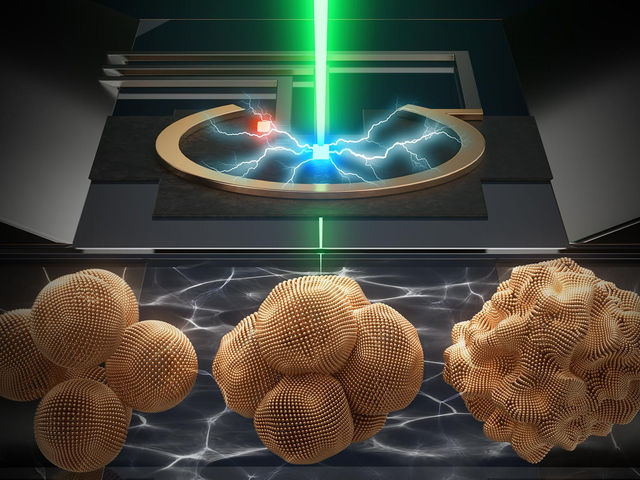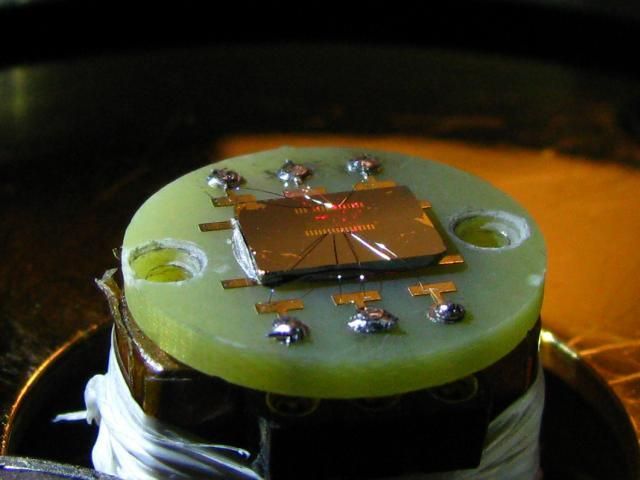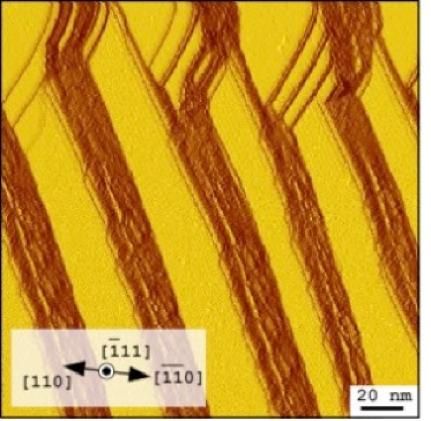Using AI as an exam tutor
Artificial intelligence is set to help human examinees study more effectively
At the WestAI service centre, NRW research institutions support companies in the development of innovative AI applications. A cooperation between Forschungszentrum Jülich and u-form publishing house now illustrates what such a collaboration can look like.
Last year, artificial intelligence (AI) successfully passed various exams, including the US Medical Licensing Examination. Now AI is set to help human examinees study more effectively. With the help of experts from Forschungszentrum Jülich, u-form Verlag publishing house aims to develop an AI tutor for exam preparation. As part of a joint research project with the AI service centre WestAI, various language models will be tested and integrated into the publisher’s training programmes.
“Part of our collaboration will involve comparing the suitability of large commercial models such as GPT-4 and Claude 2 with open source models, the use of which is attractive for companies for reasons of data protection, for example,” explains Fritz Niesel, AI researcher and consultant at the Jülich Supercomputing Centre.
A first use case is the Chamber of Industry and Commerce’s (IHK) final examination for commercial trainees. U-form Verlag, which specializes in exam preparation, offers corresponding training programs. AI should make it possible to automatically evaluate free-text answers and point out errors to learners.
One such test question is, for example, how a “supply monopoly” and a “polypoly” differ from each other. Previously, trainees could only compare their answers independently with a sample solution. In future, the AI will also provide them with direct feedback on the accuracy and completeness of their answers.
“The evaluation with Claude 2 by Anthropic works quite well in principle,” says Fritz Niesel. In some respects, however, the AI faces the same problems as a human examiner, since freely formulated answers are sometimes ambiguous or imprecise. They cannot always be clearly classified according to an evaluation scheme. For example, the German term “Nachfrager” in the example answer shown in the image could mean either several buyers or just a single buyer. The points awarded are therefore to a certain extent a matter of interpretation.
“Many open source models are currently much weaker in comparison. They still have major deficits, especially in German, and most models were primarily trained in English,” says Fritz Niesel. However, the fact that users can set up their own applications and run them on their own hardware speaks in favour of open source. This way, valuable corporate knowledge can be protected from unauthorized distribution.
Reply from Mixtral-8x7B: "The answer is partly correct, but not detailed enough. An example is given for supply monopoly and polypoly, but the number of suppliers and buyers is not clearly stated. However, a correct description and a correct example are used for supply monopoly, which is why 2 points are awarded. Although a correct definition is used for polypoly, an example and the number of buyers are missing, which is why only 1 point is awarded. Another point is awarded for the correct use of a term."
In the above test case, Mixtral-8x7B comes to the same result as Claude 2. The Mixtral-8x7B language model is considered by many to be the best open source model currently available. However, the explanation given by Mixtral-8x7B is inferior to that of Claude 2, with parts of it being simply wrong or unclear. For instance, no example of a polypoly was given in the answer – in contrast to what was stated in the explanation. Mixtral-8x7B also awards one point “for the correct use of a term”. But what term does this refer to?
“This is a typical weakness that can be improved by means of prompt engineering – i.e. specially customized input for the AI – and some fine tuning,” estimates Fritz Niesel. In the project, the partners now plan to further investigate whether open source models can be used as exam tutors in a way that is as effective as the more powerful commercial AIs.
WestAI for innovative use of AI
The cooperation was made possible by the AI service centre WestAI – one of four AI service centres funded by the Federal Ministry of Education and Research to drive forward AI research and the transfer to practical applications in Germany. The main focus is on collaborating with start-ups and small and medium-sized enterprises.
WestAI provides stakeholders from industry and science with access to AI models and high-performance AI computing infrastructures. The WestAI partners contribute their respective expertise in a targeted manner to support companies in using state-of-the-art AI technologies, putting innovative ideas into practice, and opening up new fields of application. The focus is on launching novel multimodal AI models and generative AI models.
Most read news
Other news from the department science

Get the chemical industry in your inbox
By submitting this form you agree that LUMITOS AG will send you the newsletter(s) selected above by email. Your data will not be passed on to third parties. Your data will be stored and processed in accordance with our data protection regulations. LUMITOS may contact you by email for the purpose of advertising or market and opinion surveys. You can revoke your consent at any time without giving reasons to LUMITOS AG, Ernst-Augustin-Str. 2, 12489 Berlin, Germany or by e-mail at revoke@lumitos.com with effect for the future. In addition, each email contains a link to unsubscribe from the corresponding newsletter.
Most read news
More news from our other portals
Last viewed contents

Diamond-based circuits can take the heat for advanced applications
Synthetic enzymes could help ID proteins - 'Smart' catalysts programmed to recognize specific molecular shape

A milestone in sensor technology: parallel measurement of multiple water parameters with a single sensor chip - This innovation opens new horizons for environmental and bioanalytics

Next generation solar fuels: How a record-breaking copper catalyst converts CO₂ into liquid fuels - Researchers have made real-time movies of copper nanoparticles as they evolve to convert carbon dioxide and water into renewable fuels and chemicals
Max-Planck-Institut für Struktur und Dynamik der Materie - Hamburg, Germany
PerkinElmer Awarded for Gas Chromatography Technology

Engineers give optical switches the 'contrast' of electronic transistors
Sigma-Aldrich Expands Facility to Support Commercial-Scale Gene Therapy Production, Testing and Filling

Seeing the next dimension of computer chips




























































